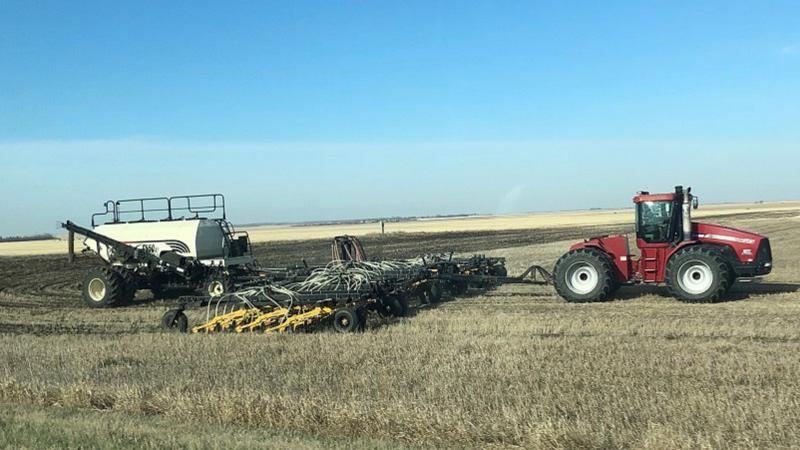
High level of optimism as farmers begin seeding
An important season is underway in Saskatchewan. Farmers have started seeding in most areas of the province.
Saskatchewan is home to more than 40 per cent of Canada’s cultivated farmland, producing nearly 35 million tonnes of total crop production in 2022. Agriculture Minister David Marit said the province is a global leader in agricultural trade because of the abundance of high-quality, sustainably produced crops grown in our province.
“As producers undertake the significant investment of spring seeding, we encourage them to be aware of their surroundings, be farm safe and ask everyone to be mindful of the farm equipment on roadways during this busy season,” Marit said.
The Ministry of Agriculture released the first Crop Report for the year. More than 200 farmers, ranchers, agrologists and other volunteers fill out a weekly survey during the growing season to contribute information that forms the crop report.


